Blog
LED Lights in Soft White vs. LED Lights in Daylight


The three primary color temperatures used in modern energy-efficient LED (Light Emitting Diode) lighting are daylight, brilliant white, and soft white. While it is true that in the past, light bulbs were characterized solely by their wattage, this is incorrect, as wattage is a measure of the quantity of electrical energy consumed, not the actual brightness of the light. Today's light bulbs, on the other hand, use lumens and Kelvins as the units of measurement for light intensity. A 100-watt incandescent bulb, for instance, produces around 1200 lumens of light. A 12-watt LED bulb, on the other hand, emits the same amount of light as its incandescent counterparts.
Having stated that, the three basic color temperatures for light bulbs are: Soft White (2700–3000K), Bright White/Cool White (3500–4100K), and Daylight (5000–6500K). These are merely representations of Kelvin's quantitative value. This article will examine mainly the Daylight and Soft White LED light bulbs. Then, you must first determine the color temperature.
1. What is the definition of color temperature?

A light source's color temperature is equal to the temperature of an ideal black-body radiator radiating light of the same color as the light source. Color temperature is a property of visible light that is used extensively in lighting, photography, videography, publishing, manufacturing, astronomy, and gardening, among other professions. In practice, color temperature is significant only for light sources that roughly resemble the radiation of a black body, i.e., light ranging from red to orange to yellow to white to blueish white; it makes no sense to discuss the color temperature of, say, green or purple light. The traditional unit of measurement for color temperature is kelvins, denoted by the sign K, which is an abbreviation for absolute temperature.
Soft White has a yellow tint and a color temperature between 2700 and 3000 K. Daylight is an extremely intense white-blue light with a color temperature of between 5000 and 6500 K. They naturally reflect colors in the same way that Warm White LED lights do, providing an almost-perfect natural effect. Bear in mind that a higher Kelvin value indicates a brighter light. Based on their color temperatures, we give an unbiased comparison of the two LED light kinds. Color temperatures more than 5000 K are referred to as "cold colors" (bluish), whereas color temperatures between 2700 and 3000 K are referred to as "warm colors" (yellowish).

2. How is a Soft White LED light defined?
Soft White has a yellow tint and a color temperature between 2700 and 3000 K. It reproduces the yellowish-white light emitted by standard incandescent bulbs. Lights labeled as soft white, warm white, or with a Kelvin value less than 3000 K generate a warm white light that creates a nice atmosphere in your living room and bedroom. In comparison to Daylight LED lights, soft white has a higher concentration of yellow and red, giving a warmer light. Soft whites are the most yellow of all LED lights and are ideal for areas that require soft lighting. Due to its reduced color intensity, it imparts a sense of warmth to the light, resulting in a more calming glow. Therefore, it is great for ambient lighting in rooms such as the living room, dining room, or bedroom.
3. What is LED Daylight lighting?
Daylight, as the name implies, are extremely brilliant white LED lights that have a relaxing effect due to their broader light spectrum. Daylight LED lighting emits a warmer color temperature, ranging from 5000 to 6500 K.
Although light bulbs have a long way to go before precisely replicating the wonderful glow of natural, constantly changing sunshine, daylight LEDs are arguably the next best thing. Daylight LEDs are perfect for settings that require a strong light that appears natural but lacks the bluish hue associated with cool white lighting. These adaptable lights can be utilized in virtually any room in your home.
Make the most of your LED lights by selecting the appropriate hue for the environment in which they will be used. Not only will they improve the aesthetics of the area, but LEDs can also help you save money on your electricity and maintenance bills.
4. Difference between Soft White LED lighting and Daylight lighting
Additionally, Class 01 is highly risky. In comparison to class 1 appliances, these electronics permit connection to the ground. It would be a class 0 type without this electrical installation.
4.1. Hue
On the other side, Soft White generates a very soft and warm light-yellow tone, imparting a very smooth and relaxing sensation. Due to its reduced color intensity, it imparts a sense of warmth to the light, resulting in a more relaxed glow. Daylight LEDs provide your interiors with an instantly warm glow like that of natural sunlight, and full-spectrum LEDs emit light across the entire spectrum of natural light. It produces a more bluish-white hue. Due to the intense light produced by daylight LEDs, they are less damaging to the eyes.
4.2. Intensity of Color
Intensity is a term that relates to the brightness of a color and is synonymous with saturation. Intensity refers to how vibrant color seems. Soft White LED light has a yellow tint and a lower color temperature of between 2700 and 3000 K, whereas daylight LED light has a color temperature of between 5000 and 6500 K. Daylight produces a more realistic effect because of its higher color contrast, but Soft White produces a more soothing light due to its lower color intensity.
4.3 Different Applications for Soft White and Daylight LED Lighting
On the other hand, soft white or warm white produces a yellowish hue like that of incandescent lighting, making it excellent for bedrooms and living spaces, as well as for general illumination in a dining room. LED lights with a higher lumen output, such as Daylight lights, create dazzling whites or resemble natural sunlight, and their warm color temperature makes them perfect for kitchens, bathrooms, and basements. The bright yet natural light is ideal for reading, working on projects, or accent lighting.
| Kelvins | Light Type | Appearance | Characteristics | Best for |
| 2000 - 3000 | Warm white | Orange to yellow or gold | Calming, atmospheric, cozy, inviting & intimate | Kitchens Bathrooms Work environments & commercial properties |
| 3000 - 4500 | Cool white | Bright white | Bright, vibrant, crisp, inviting | Kitchens Bathrooms Home offices Work environments & commercial properties Urban road & Street |
| 4500 - 6500 | Daylight | Brightest white | Illuminating, powerful, alert, appears as day time | Security lights |
4.4 Video from Youtube about "White Balance & Kelvin Color temp explained
4.5 Download of Various Light Sources and Their Use In Color Matching
![]() Various-Light-Sources-Use-In -Color -Matching.pdf
Various-Light-Sources-Use-In -Color -Matching.pdf
5. Conclusion
Thus, if you want to recreate the old yellowish-white light that was close to incandescent light, soft white light with a color intensity of 2700 – 300 K is possible. On the other hand, if you want to replicate the sun's natural light and prefer a bluish-white color, the LED light labeled as daylight with a color temperature of 5000–6500 K is the best choice. Soft white LED lights to have a lower color temperature, making them perfect for beds and living areas, whereas daylight LED lights have a higher color temperature, making them great for reading or accent lighting. Finally, picking the ideal LED light for your home is a matter of personal preference.
6. Related Products
7. People also ask
Q: For my kitchen, should I go with warm white or cool white?
A: It is debatable. Cool white is one of the most common selections for primary lighting. Warm white lights, on the other hand, may work better if you're going for a country or classic look. Many people pick warm white lighting for their under cabinet lights, which can complement the brighter ceiling light nicely.
Q: For street lighting, should I go with warm white or cold white?
A: When it comes to residential outdoor street lighting, the most common Kelvin range is between 2500k and 4000k. Use warmer color temperatures of around 2500k-2700k on architectural features and save cooler color temperatures of between 3000k-4000k for trees and plants, according to a good rule of thumb.
Q: Is 2700K a warm white color?
A: Warm white color temperature is defined as a range of 2000K to 3000K.
Q: What is cool white's color temperature?
A: The color temperature of cool white is between 3000K and 4500K.
Q: What is the difference between cool white and daylight?
A: No, daylight is brighter than cold white in general. It will, however, be very brilliant at the brightest end of the cold white color temperature spectrum.
Q: Which is the superior option? Is it better to have a warm white or a cool white?
A: Neither is better or worse than the other, but each has advantages and disadvantages depending on how you intend to use it.
CATEGORIES
CONTACT US
Contact: Royce O'young
Phone: 15920570517
Tel: 0086-20-37716973
Email: r.oyoung@oleder-lighting.com
Add: Room 335,#1 Xianke 1st Rd, Honglitronic Group,Huadu ,510890, Guangzhou,P.R.C.
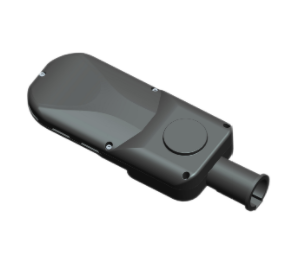
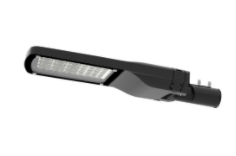
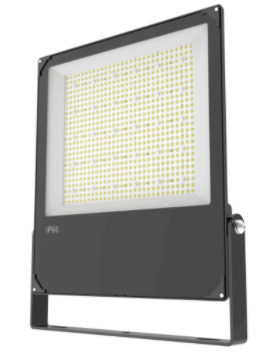

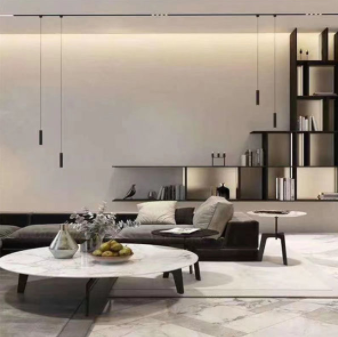
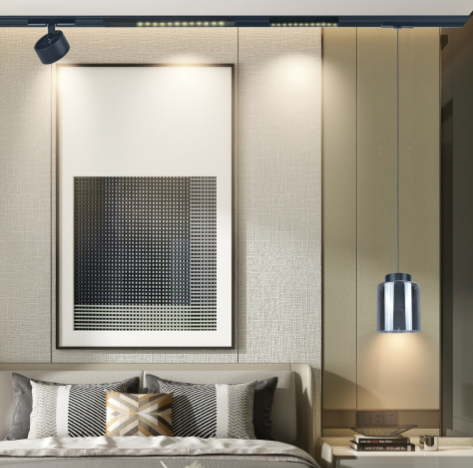
 Sales
Sales